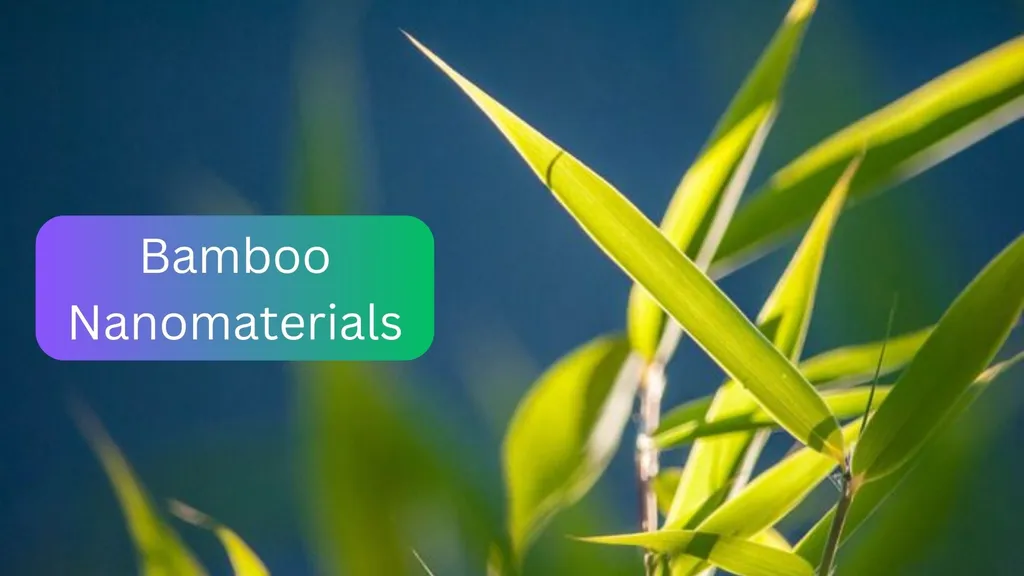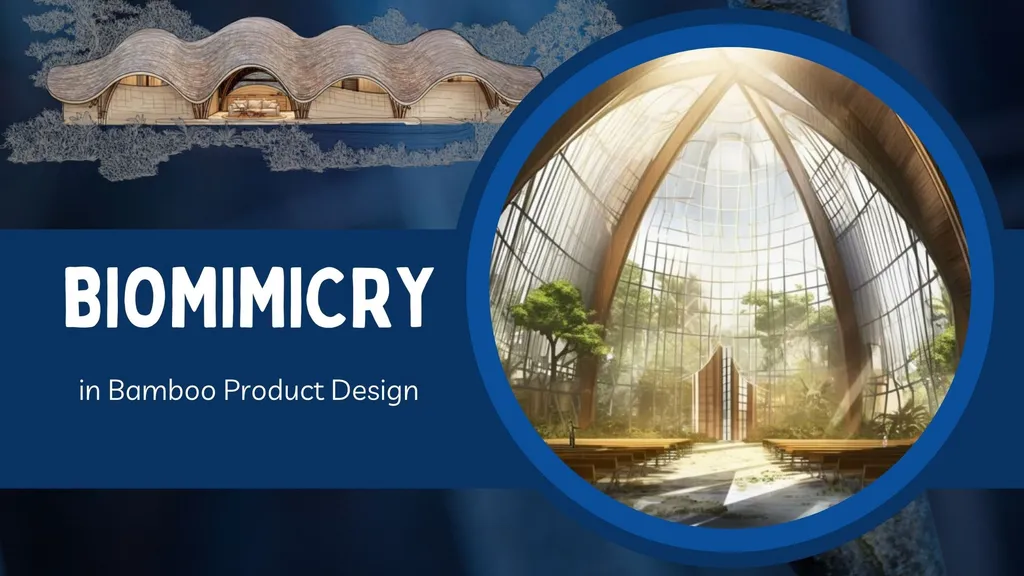
Bamboo, a symbol of nature’s resilience, is now at the forefront of technological innovation. Bamboo nanomaterials, derived from this fast-growing, sustainable plant, combine natural strength with eco-friendliness, transforming industries like construction, biomedicine, and electronics. These materials offer biodegradability, high mechanical strength, and thermal stability, making them a superior alternative to synthetic counterparts. This blog explores the remarkable properties, innovative applications, and environmental benefits of bamboo nanomaterials, showcasing their role in shaping a sustainable future.
Properties of Bamboo Nanomaterials
Bamboo nanomaterials stand out due to their unique properties. Their nanostructure provides exceptional mechanical strength and flexibility, ideal for load-bearing applications in construction, surpassing traditional materials like steel. They also exhibit thermal stability, resisting degradation under high temperatures, which is crucial for automotive and aerospace industries. Additionally, their biodegradability minimizes environmental impact, aligning with global sustainability goals. Bamboo’s natural chemical resistance further enhances durability, reducing maintenance costs across applications.
Applications in Advanced Technologies
Construction
Bamboo nanomaterials are revolutionizing construction with their lightweight yet durable nature. Used in engineered composites for beams and panels, they reduce carbon footprints while enhancing insulation and soundproofing. Nanotechnology, such as adding zinc oxide nanofillers, boosts resistance to wear and microbial attack, making them ideal for sustainable architecture.
Biomedicine
In biomedicine, bamboo nanomaterials shine in drug delivery and tissue engineering. Their biocompatibility enables targeted drug delivery, improving therapeutic outcomes. As scaffolds, they support cell growth for regenerative medicine. Their antimicrobial properties also make them suitable for medical device coatings, reducing infection risks.
Electronics
Bamboo nanomaterials are making strides in electronics, enabling flexible electronics, sensors, and supercapacitors. Their conductivity and mechanical resilience support the creation of eco-friendly conductive films and energy storage solutions. In photovoltaics, bamboo-derived materials contribute to sustainable solar energy applications.
Environmental Impact and Sustainability
Bamboo nanomaterials are a beacon of sustainability. Bamboo’s rapid growth (3-5 years to maturity) and carbon sequestration capabilities make it a renewable resource. Production processes like delignification and enzymatic methods minimize ecological harm, while biodegradability ensures minimal waste. Compared to synthetic nanomaterials, bamboo requires less energy and produces fewer emissions, aligning with circular economy principles.
Future Prospects
The future of bamboo nanomaterials is bright, with ongoing research enhancing their durability, water resistance, and antibacterial properties. Interdisciplinary efforts are expanding their applications in multifunctional composites for industries like healthcare and energy. Challenges like scalability and market acceptance persist, but innovations in eco-friendly processing are paving the way for broader adoption. Bamboo nanomaterials are poised to redefine industry standards, blending performance with environmental stewardship.
Bamboo nanomaterials are more than a natural wonder—they are a cornerstone of sustainable innovation. From construction to biomedicine and electronics, they offer high performance and eco-friendly benefits, meeting the demands of modern technology. At Ethical Handicraft Manufacturer (EHM), we celebrate bamboo’s potential, integrating its traditional craftsmanship with cutting-edge applications to create a greener, more resilient future.




